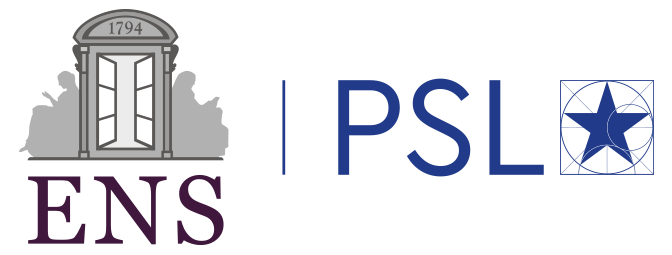Domaines
Condensed matter
Biophysics
Soft matter
Physics of living systems
Non-equilibrium Statistical Physics
Hydrodynamics/Turbulence/Fluid mechanics
Type of internship
Théorique, numérique Description
Multi-cell monolayers can behave as "active nematics": ordered fluids that are intrinsically out of equilibrium. Topological defects in the order dictate global properties and are linked to biological function. There are two type of defects: the comet-like +1/2 and the trefoil-like -1/2. +1/2 defects in a active fluid behave as self-propelled particles. In a multi-defect system this underlies much of what is called "active turbulence", studied up to now in 2d on a flat substrate.
In biological and engineered systems turbulence is typically undesirable, and there has been intense study into how to control it, such as by confinement, which provides a length scale.
Yet, in vivo, cell monolayers, such as epithelia, are generally curved. It is not known how curvature affects active defect turbulence.
As a first step, your internship project will be to study how substrate curvature modifies +1/2 defect self-propulsion.
You will consider a corrugated (wavy) substrate, mimicking tissue folding.
During the PhD, we will study many-defect behavior on curved substrates, with the aim of discovering how curvature influences active turbulence. You will have the opportunity to collaborate with an experimental team across the street from me who studies cell monolayer dynamics on microfabricated curved substrates. Furthermore there will be collaboration with experts in Germany in solving partial differential equations in curved space.
Contact
Andrew Callan-Jones
